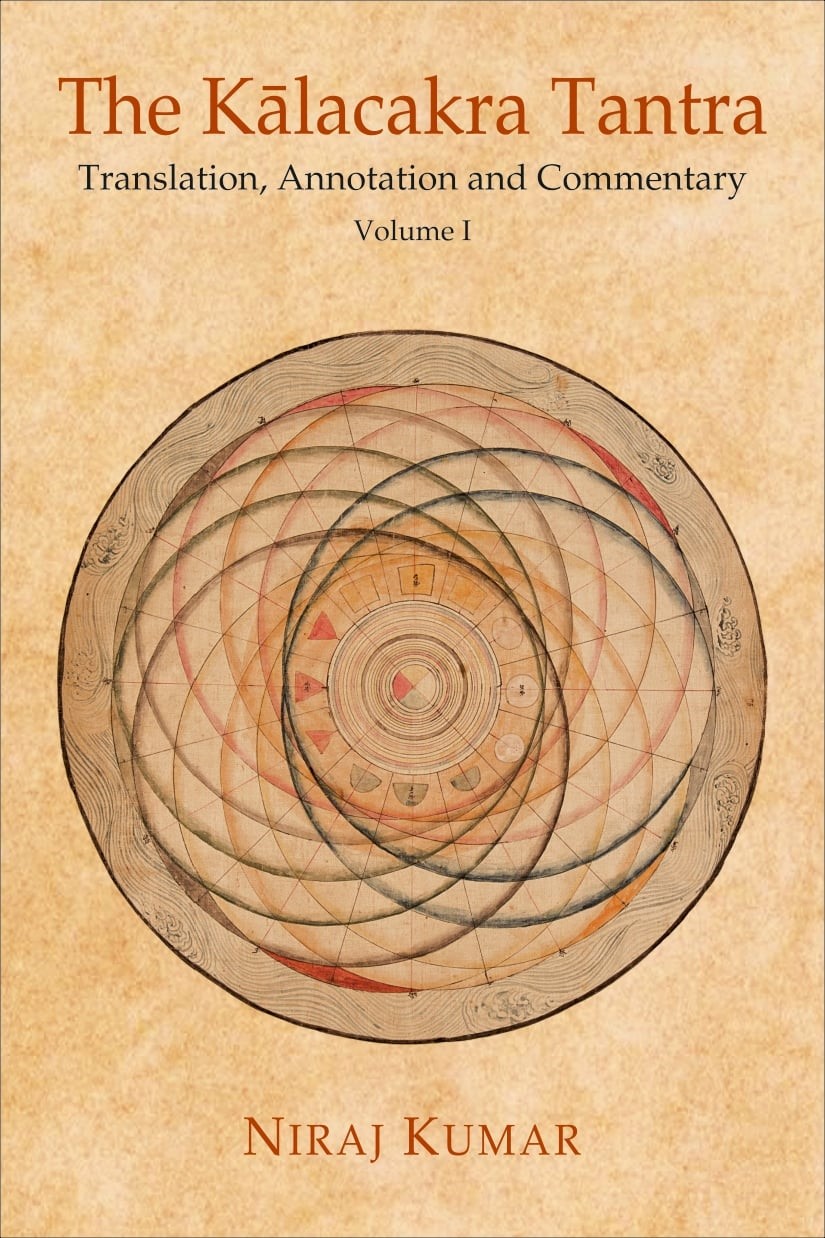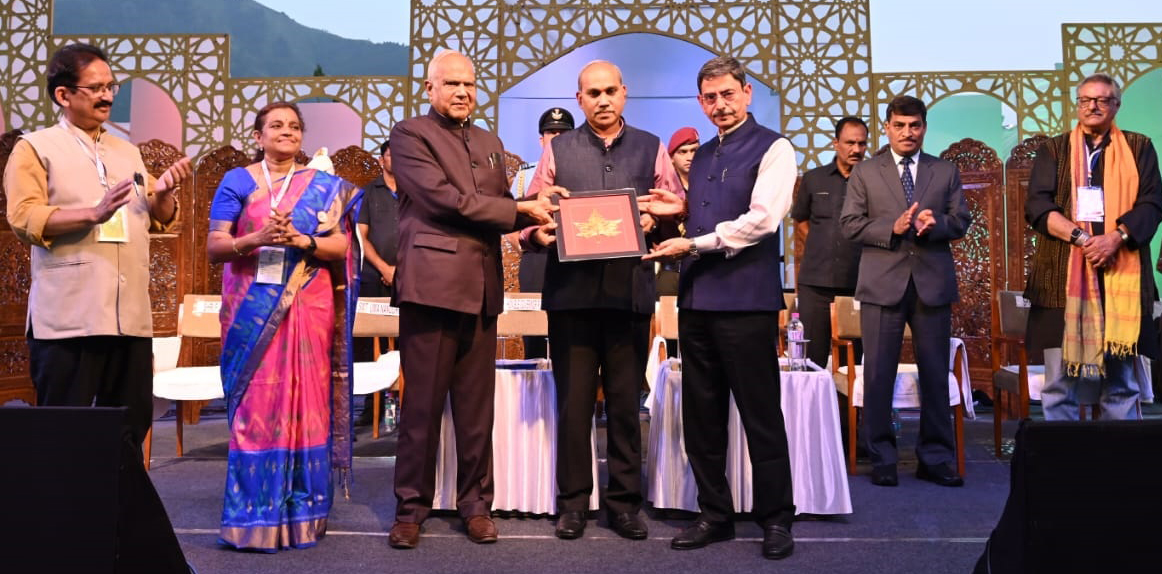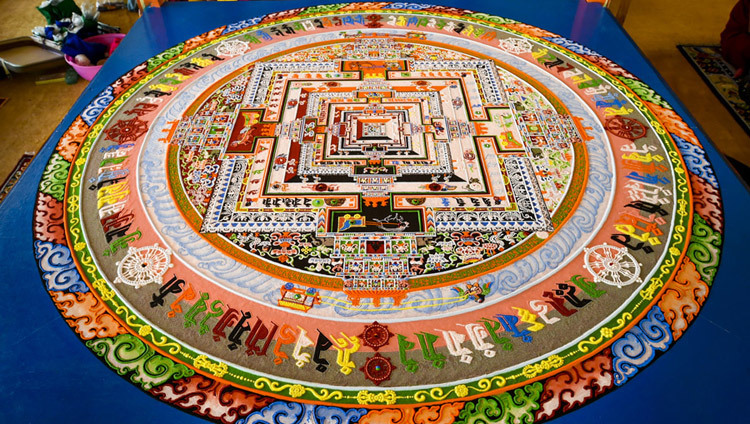Indian civil servant Niraj Kumar has long held a longtime fascination for the Kalachakra Tantra (KT). Perhaps it is his professional background or “uniqueness” as a translator or commentator that makes him stand out – he is not a scholar, practicing Buddhist, or monastic or Rinpoche. It is one thing to write about Asian spirituality, which he has been doing since 2001, but his great project of translating and commentating on the KT (which ran from 2014 to 2021) would perhaps be called bold – and that is putting it kindly – by the usual suspects that arrogate themselves the right and authority to translation.
It would seem that Mr. Kumar’s intentions and inspiration for publishing The Kalachakra Tantra: Translation, Annotation and Commentary, Volume I (D.K. Printworld and Mody University, 2022) are within the spirit of scholarly inquiry and acquiring better understanding. This is why his work has been welcomed into the fold of academia, including a seminar on Buddha-Dharma in Kashmir that was held during the Vitasta Festival in Srinagar. The festival itself is an important celebration of Kashmir’s culture: it aimed to showcase the diverse cultural and traditional heritage of Jammu and Kashmir, with a range of artistic expressions such as music, singing, dance, handicraft, and cuisine unique to the region. Buddhism is one of the movements that have long made Kashmir an influential node of spiritual transmission, with Kashmiri influences reaching deep into Southeast Asia, Tibet, and Central Asia (and through esoteric Buddhism, East Asia too).


During the seminar from 23–26 June, 23 scholars and experts presented research on various aspects of Buddhism’s historical and cultural significance in the Kashmir region. For his part, Mr. Kumar served as a moderator and repeated a core thesis in his own book: that Padmasambhava’s fabled Oddiyana homeland was not in the Swat Valley of Pakistan, but actually modern-day Budgam, in Kashmir. In an earlier interview that we conducted over Zoom, Mr. Kumar said that Naropa, who likely lived during the late 10th to early 11th centuries, was quite likely the author of the KT, which appears in the historical record in 1037 or 1038.
“We need to remember that the KT, until its introduction to Tibet, was a deeply Indian text in orientation of thought and philosophy. Atisha Dipankara was exposed to it, and by the 12th century, it was known to the Jonang sect – a school following the Dro lineage of the KT. Furthermore, we know that the Kashmir tradition was transmitted by Somanatha, which is now followed by the Jonang sect.”

The KT’s mysticism through the Kalachakra Mandala is the Indian tantric tradition’s expression of enlightenment in a single moment. This moment comes about through rigorous and exhaustive preparation outlined by the KT. From its exploration of time to the cycles and wheels that distinguish it as a tantra, from the correspondence of the inner body with the outer processes of the world, Mr. Kumar sees a coherent pattern that is in line with the great yogic traditions of India – the KT at heart is a yogic text.
“As it is outside, so it is within the body” (yatha bahye tatha dehe), as the KT often states. The tantra arose concomitantly with the Tibetan innovations during the second diffusion (or what some call, a bit problematically, as the Tibetan Renaissance) from the 11th to 12th centuries. This murky period of history has occupied interested enquirers from all backgrounds, including Mr. Kumar. Providing a new, fresh perspective on the KT’s emergence and ideas remains his life’s work, and while it might not be the most orthodox interpretation, we should welcome new ideas about this tantra that has become perhaps the most iconic and influential one around the world – despite its extremely mysterious origins.


